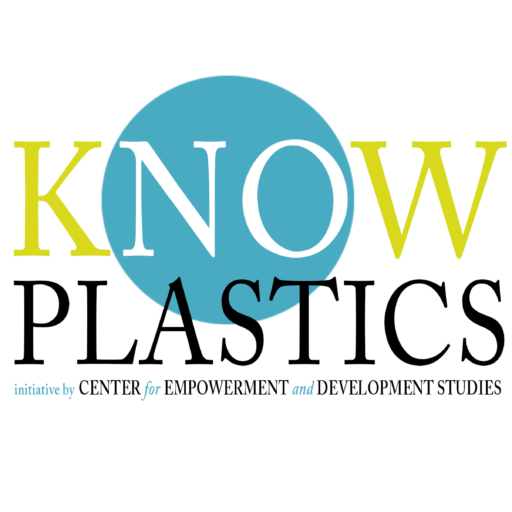Plastic is adaptable and recyclable. It can be found in bottles, containers, packaging, and other common goods. You can help lessen their environmental effect by recycling the plastics you use every day. However, not all types of plastics are created equal. The number within the recycling symbol on plastic containers, known as an SPI Code, provides information about the safety and recyclability of each plastic-type. Understanding these codes will help you know how to sort out used plastic for recycling.
Now let’s dive in deeper to learn more about each plastic type:
PETE or PET (Polyethylene Terephthalate)
PET polymers have been used in beverage bottles, perishable food containers, and mouthwash since 1940. Clear PET plastics are usually regarded as harmless, however, they can absorb aromas and tastes from the foods and drinks they hold. When exposed to heat, such as when a water bottle is left in a hot car, it can be harmful. Antimony can leach out of the plastic and into the liquid over time as a result of this. Fortunately, these plastics are easily recyclable and accepted by most recycling operations, making appropriate disposal simple. PET plastics are used to make carpet, furniture, and winter clothing material.
HDPE (High-Density Polyethylene)
HDPE is one of the newest forms of plastics, having been developed by Karl Ziegler and Erhard Holzkamp in the 1950s. It is the most widely recycled plastic, and the FDA generally considers it safe for food contact. HDPE is significantly stronger than PET due to its internal structure and may be securely reused. It’s also suitable for objects that will be stored or used outside, as it can withstand both hot and cold climates.HDPE products have a very low risk of leaching into foods or liquids. Milk jugs, yogurt tubs, cleaning product containers, body wash bottles, and other goods include this material. HDPE is also used to make toys, park chairs, planting pots, and pipes. Pens, plastic timber, plastic fences, picnic tables, and bottles are all created from recycled HDPE.
V or PVC (Polyvinyl Chloride)
It is one of the earliest polymers, having been discovered in 1838. PVC, often known as Vinyl, is a popular plastic that starts stiff but becomes flexible after adding plasticizers. Credit cards, food packaging, plumbing pipes, tiles, windows, and medical equipment are all made of PVC, which is rarely recycled. PVC plastics include toxic compounds that have been linked to several illnesses, including bone and liver disease, as well as developmental difficulties in children and newborns. PVC items should be kept away from foods and beverages. It is recycled in specialized programs into flooring, paneling, and roadside gutters, to name a few.


